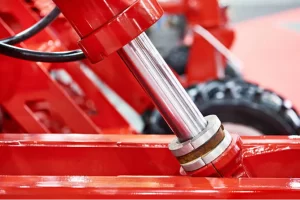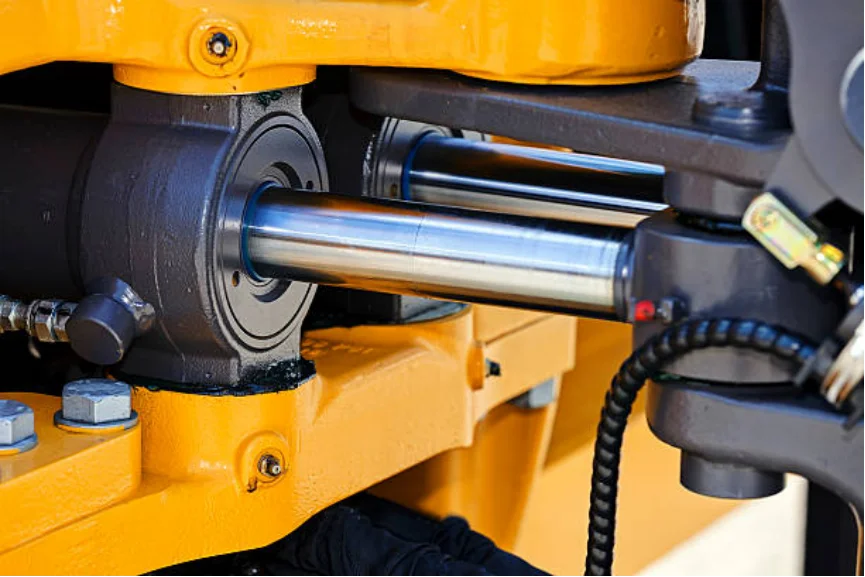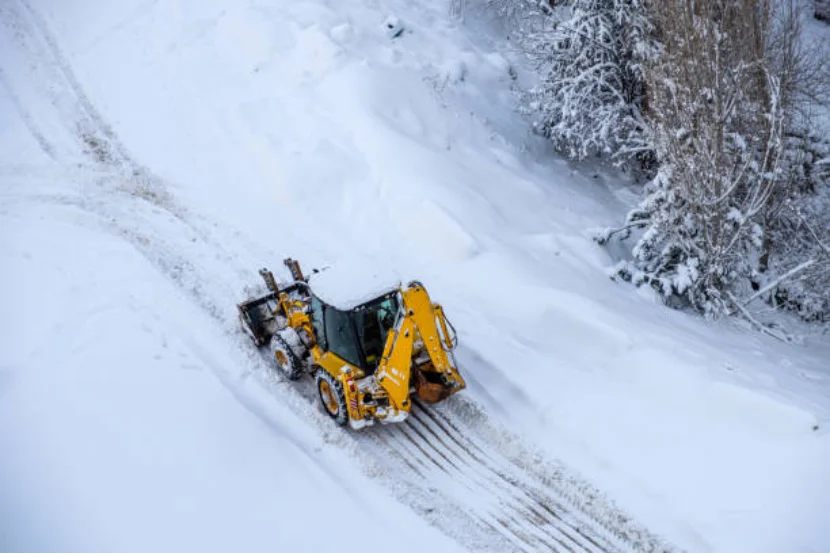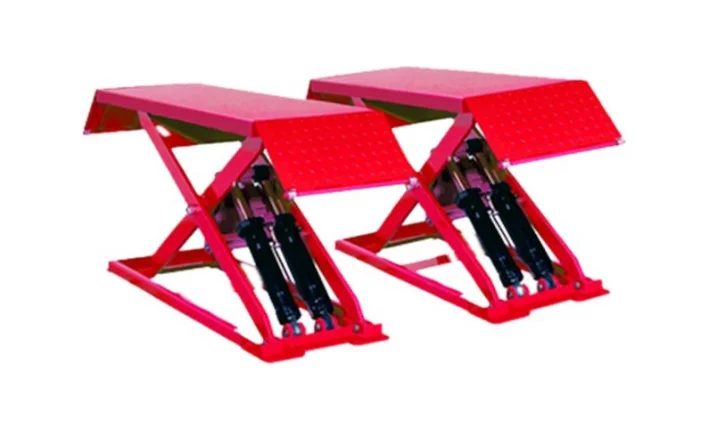Hydraulic cylinder turn fluid power into motion, making them key for tons of machines. This guide walks you through what to think about when picking a cylinder. It covers their parts, how they work, and how to find a trusty one from hydraulic cylinder manufacturers like Shining Hydraulic. By knowing what you need, you can grab a cylinder that’s tough, dependable, and just right for your job.
Determining the Requirements for Hydraulic Cylinders
Assessing the Application Needs
Start by figuring out what you’re using the hydraulic cylinder for. Is it for big construction machines, cars, or factory gear? Each job has its own vibe. You might need a certain stroke length (how far it moves), speed, or way to attach it. For example, cylinders in construction need to be super sturdy to handle rough weather or dirt. In factories, they might need to be extra precise. Also, think about where it’ll work. Will it get super hot or cold? Could it rust? Knowing this stuff helps you pick the perfect hydraulic cylinder.
How Much Space is Required for Installation?
Space is a big deal when choosing a hydraulic cylinder. Check out the spot where it’ll go. Measure to make sure there’s enough room when the hydraulic cylinder is short or stretched out. Tiny cylinders are awesome for small spaces. Bigger ones are better if you’ve got lots of room. Getting this right keeps things running smooth and stops damage from a bad fit.
Evaluating Load Capacity and Pressure Demands
Your hydraulic cylinder has to handle the right amount of weight and pressure. Figure out the heaviest thing it’ll lift. Then, check how much pressure it needs to do the job. Too much weight can break it. Not enough pressure can make it sluggish. Hydraulic cylinder manufacturers like Shining Hydraulic can build cylinders that fit your exact weight and pressure needs.
Understanding the Parts of a Hydraulic Cylinder
Key Components of Hydraulic Cylinders
A hydraulic cylinder is made of a few main parts that work together to make it move:
Cylinder Barrel: Holds the piston and keeps fluid inside.
Piston: Splits the barrel into two parts and pushes the force.
Piston Rod: Hooks up to the machine outside.
Seals: Keep fluid from leaking and hold pressure steady.
End Caps: Seal both ends of the barrel tight.
Ports: Let fluid flow in and out.
These bits are put together with care to make the hydraulic cylinder strong and ready for all kinds of tasks.
The Role of Each Part in Ensuring Accuracy and Control
Every part has a job to keep things running smoothly:
The piston spreads force evenly in the barrel.
Seals stop leaks so pressure stays just right.
The piston rod is made super exact for smooth moves.
Using high-quality stuff makes the hydraulic cylinder work better and last longer. This is huge for jobs that need spot-on control.
Selecting the Right Hydraulic Cylinder Manufacturers
Factors to Consider When Choosing a Manufacturer
Picking a solid hydraulic cylinder manufacturer is key. Here’s what to check:
Custom Stuff: Look for companies that can make hydraulic cylinder just for you.
Know-How: Ones with lots of experience usually make better gear.
Certifications: Make sure they follow standards like ISO.
Help Team: Good support helps with setup, fixes, or questions.
Shining Hydraulic is really good at making custom hydraulic cylinders. They’ve got solutions for all sorts of industries.
Importance of Quality and Reliability in Hydraulic Cylinder Production
Top-notch hydraulic cylinder keep working even in tough spots. Trusty ones save you cash by needing fewer repairs. They also keep things safe. Shining Hydraulic uses cool tech and strict checks to make sure their hydraulic cylinders are the best.
Evaluating the Performance of Hydraulic Cylinders
How Hydraulic Cylinders Are Used in Different Applications
Hydraulic cylinders are super flexible. They’re used in all kinds of places. In construction, they power big machines like excavators or bulldozers. These help dig, lift, or move heavy stuff. Factories use them for precise jobs like pressing or stamping metal. Farmers need them for tractors and harvesters to get work done quick.
Ensuring Precision and Control in Operation
Being exact is a big deal for hydraulic cylinders. Good seals stop fluid from leaking, keeping pressure steady for smooth action. The piston rod has to be made just right to avoid wobbly moves. Control parts, like flow valves, let you adjust how fast the fluid goes. This is super key for things like robot arms or medical gear that need perfect moves.
Calculating the Size and Specifications Needed
How to Determine the Appropriate Size for Your Needs
Picking the right size for a hydraulic cylinder takes some figuring. Start with the force you need. Multiply the system’s pressure by the piston’s area (based on its diameter). Then, think about stroke length—how far the piston moves from short to long.
How you mount the hydraulic cylinder matters too. Clevis mounts need more space than flange mounts, for example. Chatting with hydraulic hydraulic cylinder manufacturers like Shining Hydraulic can make this simpler. They give tips based on your job’s needs.
Balancing Performance with Space Constraints
Space can be a pain when fitting a cylinder into your setup. Small cylinders are great for tight spots but might not have as much oomph. Bigger ones pack more power but need more room. Decide what’s more important: force or fitting in a small space. Shining Hydraulic’s custom designs help you get a hydraulic cylinder that nails both.
Enhancing Efficiency Through Proper Usage
Tips for Maximizing the Lifespan of Hydraulic Cylinders
Taking care of your hydraulic cylinder keeps it going strong. Check seals often. Swap them out if they’re worn to stop leaks. Keep the cylinder clean so dirt doesn’t mess things up inside. Add lube to moving parts to cut down on wear.
Use tools to keep an eye on how the cylinder’s doing. They can catch stuff like low pressure or weird shakes early. Fixing things quick keeps your cylinder in top shape and cuts downtime.
Common Mistakes to Avoid When Using Hydraulic Cylinders
Don’t skip checkups. Forgetting them can cause breakdowns or weak performance. Set up the cylinder right. Make sure all mounting points are tight and lined up to avoid stress. Using the wrong fluid or not enough fluid can hurt things. Follow the manufacturer’s rules for fluid type and amount.
Pushing the cylinder too hard is a bad move. It can break and be risky. Shining Hydraulic makes their hydraulic cylinders with tough materials and smart designs to handle hard jobs while staying trusty.
Frequently Asked Questions
What are some common applications for hydraulic cylinders?
They’re used in construction gear, factory tools, car systems, plane parts, and farm machines. They’re awesome for moving stuff in a straight line.
How do I select the right size of a hydraulic cylinder?
Figure out the force you need with pressure and piston size. Think about stroke length and setup space.
Why is regular maintenance important for hydraulic cylinders?
It stops leaks and wear, keeping the hydraulic cylinder working great and lasting longer.
Can I customize a hydraulic cylinder for unique requirements?
For sure! Hydraulic cylinder manufacturers like Shining Hydraulic make custom ones for different jobs.
For more details about Shining Hydraulic’s hydraulic cylinders or help with your project, give them a shout today!










